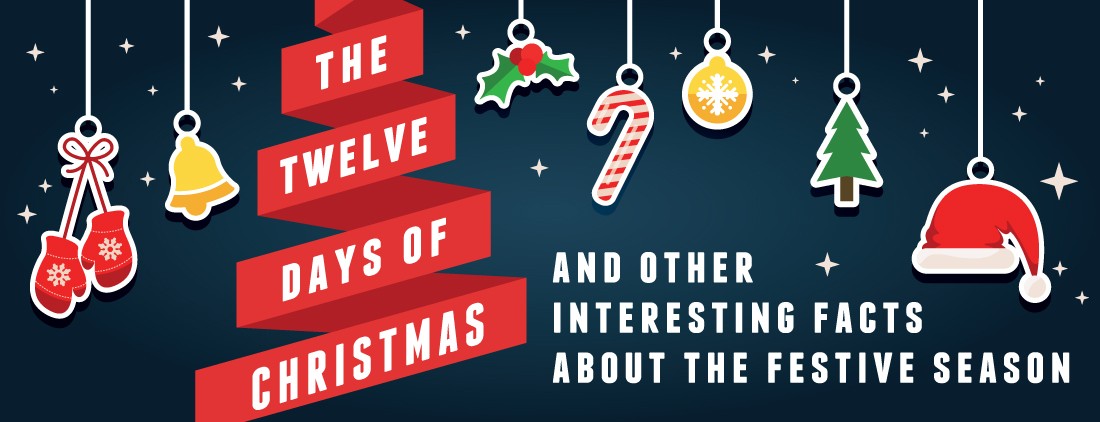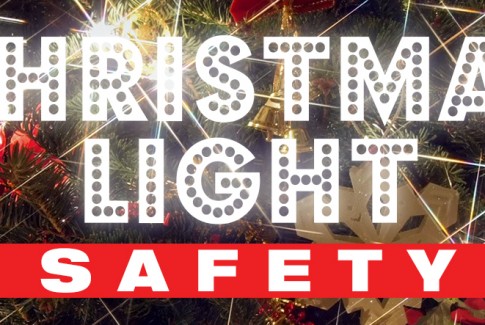
On the twelfth day of Christmas…
one:
The “Twelve Days” don’t end on Christmas Day — they begin on it, marking the time of “merry-making” until the Epiphany. The singer’s true love is generously extending his or her gift-giving for nearly two weeks after Christmas Day, which is nothing, given the total number of gifts given in “The Twelve Days of Christmas” is 364. Multiply each gift by the number of times it recurs in a full round of the song and you’ll see that the gifts’ recipient would have to rent a storage unit (and possibly a lake) to contain the bounty, including 42 swans a-swimming, 22 pipers piping, and 40 maids a-milking. [Source: The Week]
two:
While it seems to be a modern popular Aussie tradition of a barbeque with prawns and a seafood feast for Christmas festivities, many families subscribe to the English tradition of serving up a succulent roast turkey as the centre piece of their festive meal this Christmas.
Henry VIII was the first English king to enjoy turkey, although Edward VII made eating turkey fashionable at Christmas. Indeed turkey was a luxury right up until the 1950’s when refrigerators became commonplace.
Prior to the turkey tradition, Christmas fare in the UK included roast swan, pheasants and peacocks. A special treat was a roast boar’s head decorated with holly and fruit. [Source: British Turkey]
three:
The three wise men, also known as the Magi, were a group of distinguished foreigners who visited Jesus after his birth. They probably came from an area which is now in either Iraq, Iran, Saudi Arabia or the Yemen, and although they are often called the ‘Three Kings’, the Bible does not say how many there were, or that they were kings, and the description of the three gifts brought with them has led to the widespread assumption that there were three men.
four:
The modern Christmas tree evolved from early traditions of decorating homes with evergreen trees and wreaths to symbolise eternal life and hope for the forthcoming spring. It’s current form can be traced to the 16th and possibly 15th centuries in early modern Germany, where the tree was traditionally decorated with edibles such as apples, nuts, or other foods. In the 18th century, it began to be illuminated by candles which were ultimately replaced by Christmas lights after the advent of electrification.
five:
Artificial Christmas trees really started becoming popular in the early 20th century. In the Edwardian period Christmas Trees made from coloured ostrich feathers were popular at ‘fashionable’ parties. Around 1900 there was even a short fashion for white trees – so if you thought colored trees are a new invention they’re not! Over the years, artificial tress have been made from feathers, papier mâché, metal, glass, and many different types of plastic.
[Source:Why Christmas?com]
six:
One of the most famous public Christmas trees is the tree in Trafalgar Square in London, England, which is given to the UK by Norway every year as a ‘thank you’ present for the help the UK gave Norway in World War II.
[Source: Why Christmas?com]
seven:
The traditional Christmas display erected annually in central Gävle, Sweden, is a giant version of a traditional Swedish Yule Goat figure made of straw, and is erected each year at the beginning of Advent over a period of two days by local community groups. It is notable for being a recurring target for vandalism by arson, and has been destroyed several times since the first goat was erected in 1966.
eight:
The North Pole has become synonymous with Christmas traditions surrounding Santa Claus and every year, millions of children post letters to the North Pole and Christmas festivals all over the country re-create a wintery wonderland complete with elves and reindeer – the fact that there isn’t a landmass located at the North Pole hasn’t detracted from the established lore, for which credit was given to illustrator Thomas Nast who gave visual form to the lore, publishing a series of sketches of Santa himself in Harper’s Weekly from the 1860s to 1880s, including drawings showing a girl posting a letter to St. Claus in the North Pole.
[Source: EnlightenMe]
nine:
The story of Rudolph has been a favorite for children and their parents for nearly 80 years – the tradition comes from the pages of a storybook created by the Montgomery Ward department store based in Chicago. In 1939, the company slightly changed its holiday ritual by creating a colouring book to give to children as Christmas gifts, instead of purchasing books from outside the store. Robert L. May wrote the story of Rudolph and said he based it in part on “The Ugly Duckling”, his own life experiences and feedback given by his 4-year-old daughter Barbara.
[Source: EnlightenMe]
ten:
A Christmas Carol by Charles Dickens, was first published in London by Chapman & Hall on 19 December 1843, and has never been out of print.
eleven:
Christmas Island, is a territory of Australia in the Indian Ocean, and is so named because it was discovered on Christmas Day (25 December) in 1643 by Captain William Mynors who sailed past in the Royal Mary, an English East India Company vessel.
twelve:
Every year since 1984, a group of economists at PNC Wealth Management have figured out how much it would cost to actually buy all the things on the “Twelve Days of Christmas” list.
The so-called Christmas Price Index indicates inflation and the increasing costs of certain goods.
In 2013, for instance, if you were really going to buy everything on that list (keep in mind that there are 364 presents all up) — which includes hiring drummers and dancers (per performance) and milking maids (per hour), and, presumably, a group of men who are willing to leap for pay—it would run you USD $114,651.17. Compare that to 1990, when you could get away with the whole shooting match for a cool USD $15,231.70.
[Source: Mental_Floss]






